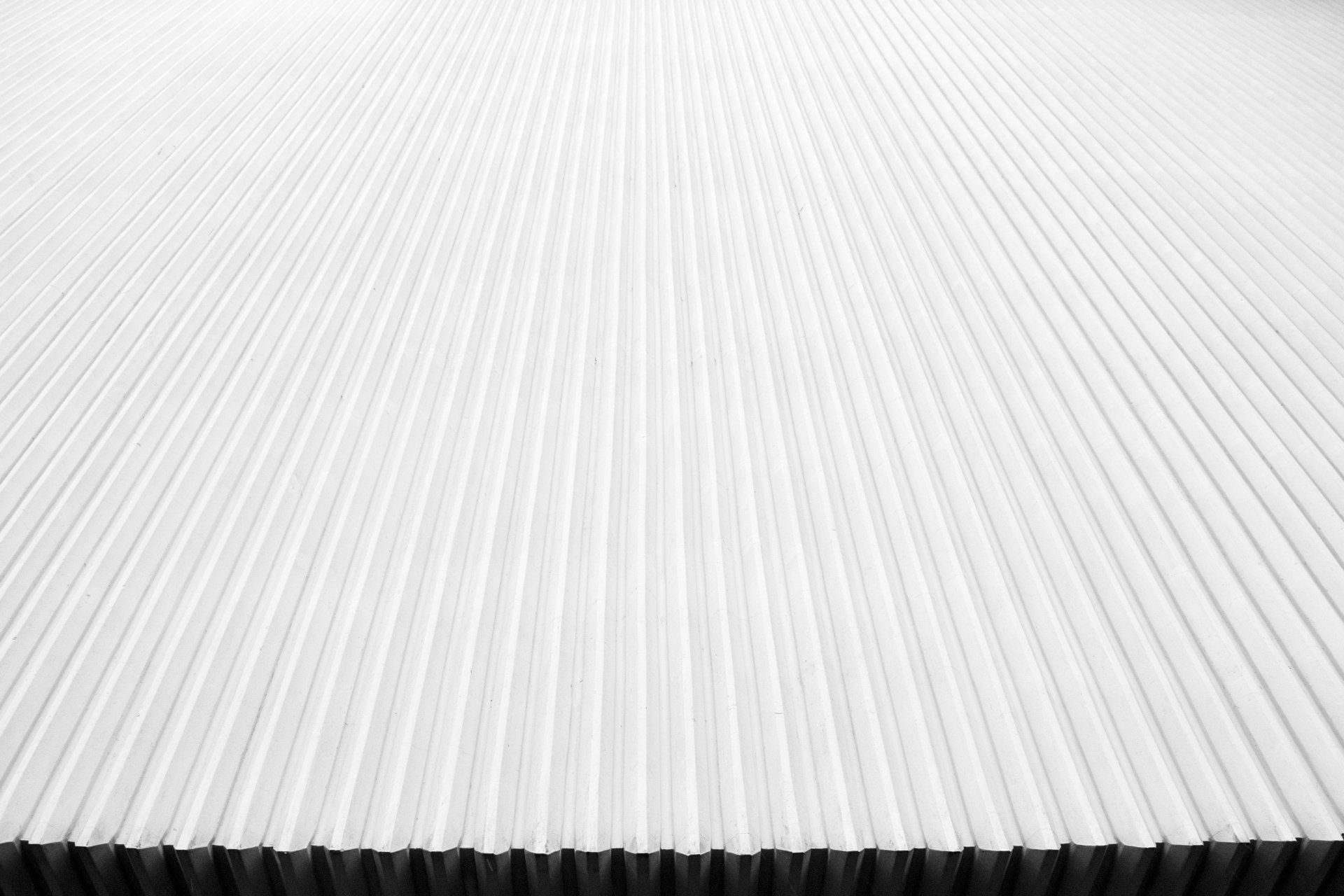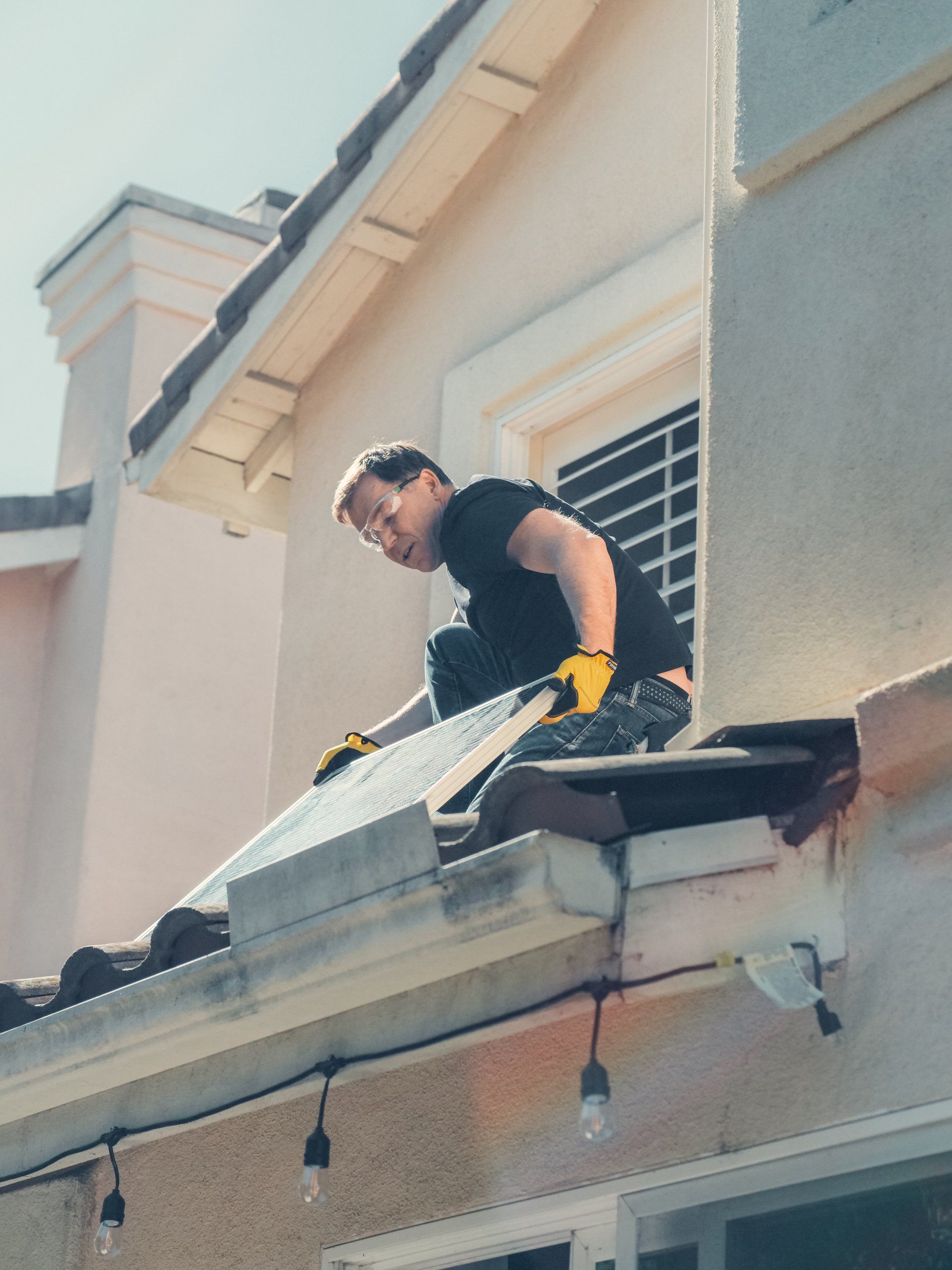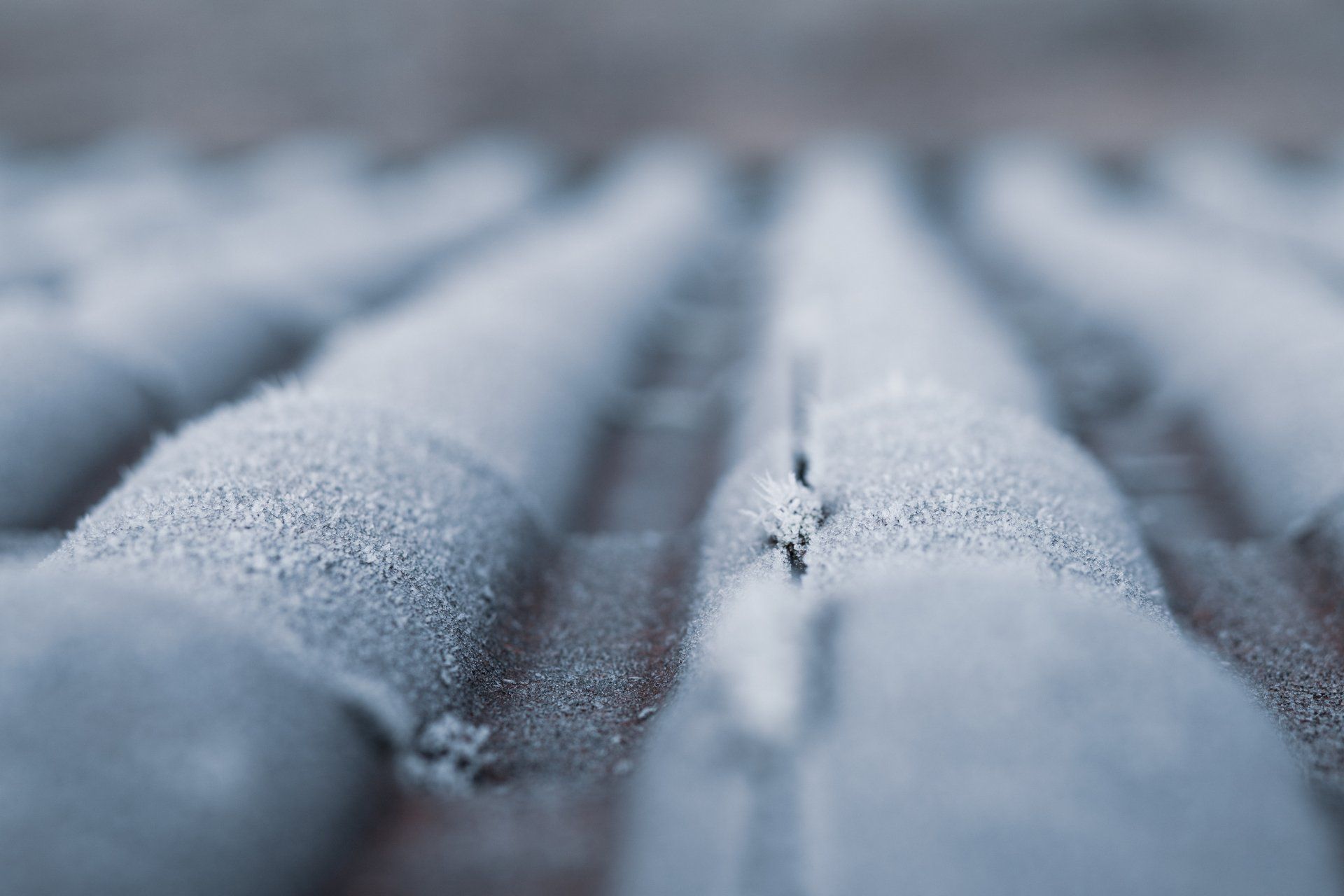How to Examine and Preserve Roof Flashing
How to Examine and Preserve Roof Flashing
It is difficult to identify a component of your home that is more significant than the roof. Not only does it keep you secure and shielded from the elements, but it also keeps the materials used to build your home dry. Plus, you won't have to perform any repairs. One approach to ensure that your roof is as durable and long-lasting as possible is to maintain the flashing, which is an essential component of your roof system. It is sometimes prudent to engage a local roofing contractor to assist with this project.
What is the nature of flashing?
Flashing is the protective metal tie-in material used to prevent water damage in homes and other construction projects. It is available in a variety of materials, including aluminum, copper, lead, PVC, and galvanized steel, to name a few. It is a very thin material that comes on a basic roll, and it is one of the keys to a durable product that will not wear out prematurely.
Why is it Employed?
Flashing is used to connect two distinct elements of a construction project while simultaneously preventing water intrusion. For instance, when installing a deck on the house, you must place flashing between the band — the wooden side panel of the deck that connects to the house — and the deck itself. The flashing protects the wooden framing beneath the decking from water damage. Every time it rains, water seeps in behind the back band of your deck, which, if not flashed, would cause the wood of your home to rot and deteriorate.
Detecting Leaks
When you find a leak around a chimney or at the corners of your roof, it is typically due to improper flashing installation. If you are patient and prepared to try your hand at a new DIY project, you may be able to solve the problem yourself and save money in the process. Take a detailed look around your home and climb up into your attic to determine the exact location of the water leak.
Keeping Up Your Flashing
Check your flashing each time you climb onto the roof, or at least once a year, to determine if it is loose, has holes, or is leaking. You'll be aware of any faults that require repair, and you'll often be able to identify the issue before it does significant harm.
Lock It Up!
Over time, it is common for flashing to become loose and even fall off your home. Either the screws holding it in place become loose and pull out, or the metal around the hole where the flashing was initially fastened begins to wear away. In either case, this renders flashing useless and unable to serve its intended function. Simply purchase screws made of the same metal as your flashing and insert them into the framing beneath to secure the flashing. Cover every screw head with a roofing cement to prevent water from entering the home.


Chilliwack A1 Roofing
8497 Young Rd, Chilliwack, BC V2P 0M6
With a competent team of roofing contractors and tradesmen, we bring pride and enthusiasm to every job we tackle.









